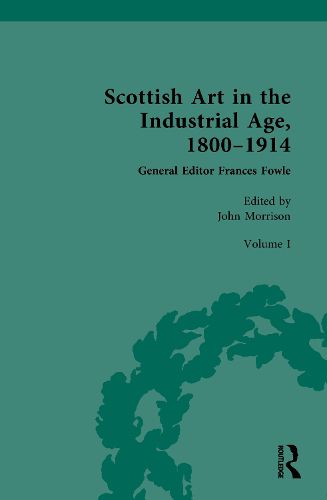Readings Newsletter
Become a Readings Member to make your shopping experience even easier.
Sign in or sign up for free!
You’re not far away from qualifying for FREE standard shipping within Australia
You’ve qualified for FREE standard shipping within Australia
The cart is loading…






This volume examines the ways in which Scottish identity was expressed through visual and material culture in the early to mid-nineteenth centuries, culminating in Victoria's romanticisation of Scotland, or 'Balmorality'. Key artists included Sir David Wilkie, Alexander Nasmyth and Henry Raeburn and later Horatio McCulloch who helped to perpetuate the myth of Scotland as a retrogressive, highland nation. In 1826, the Royal Scottish Academy was established in Edinburgh, providing artists with the opportunity to train and exhibit their work. Under Robert Scott Lauder at the Trustee's Academy, a new generation of artists emerged, among them William McTaggart, who continued to engage with historical subjects, but who was more experimental in their approach. Accompanied by extensive editorial commentary, this collection will be of great interest to students of Art History and Scottish History.
$9.00 standard shipping within Australia
FREE standard shipping within Australia for orders over $100.00
Express & International shipping calculated at checkout
This volume examines the ways in which Scottish identity was expressed through visual and material culture in the early to mid-nineteenth centuries, culminating in Victoria's romanticisation of Scotland, or 'Balmorality'. Key artists included Sir David Wilkie, Alexander Nasmyth and Henry Raeburn and later Horatio McCulloch who helped to perpetuate the myth of Scotland as a retrogressive, highland nation. In 1826, the Royal Scottish Academy was established in Edinburgh, providing artists with the opportunity to train and exhibit their work. Under Robert Scott Lauder at the Trustee's Academy, a new generation of artists emerged, among them William McTaggart, who continued to engage with historical subjects, but who was more experimental in their approach. Accompanied by extensive editorial commentary, this collection will be of great interest to students of Art History and Scottish History.